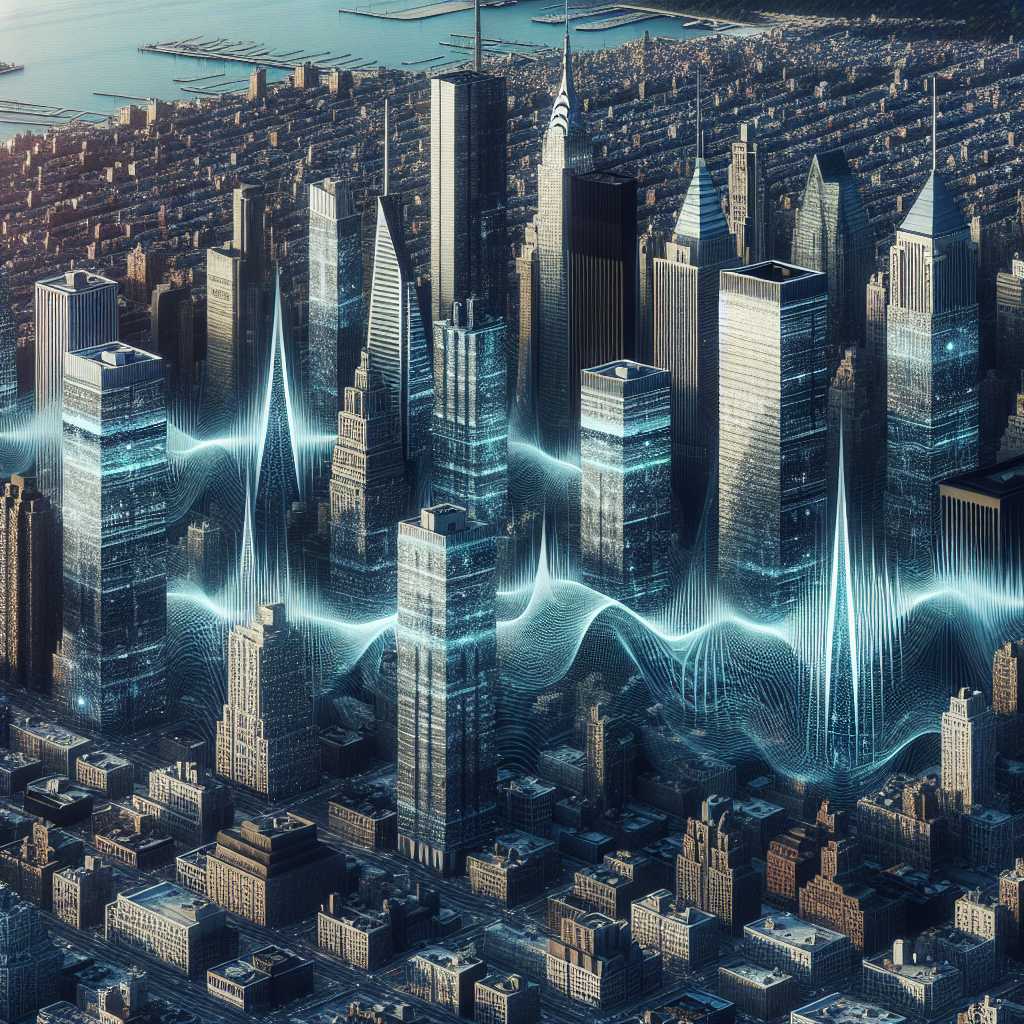Example Article
Understanding Earthquake Risks in New York City
When most people think of earthquakes, regions like California or Japan come to mind. However, New York City, often perceived as geologically stable, is not immune to seismic activity. Situated on the eastern edge of the North American tectonic plate, NYC experiences occasional minor tremors and is vulnerable to infrequent but potentially damaging earthquakes. Historical records indicate that the city has experienced noticeable quakes, such as the 1884 event centred near Manhattan, which caused structural damage and widespread alarm.
The geology beneath New York City adds complexity to its seismic risk. The bedrock beneath Manhattan is primarily composed of hard metamorphic rocks, but softer sediments in parts of Brooklyn and Queens can amplify seismic waves, increasing shaking intensity during an earthquake. Additionally, the dense urban infrastructure with many older buildings not designed for seismic forces raises concerns about structural vulnerability.
Understanding these risks is crucial for urban planners, engineers, and emergency responders. While large magnitude earthquakes are less frequent compared to the West Coast, even moderate quakes could have outsized impacts due to population density and infrastructure age. This awareness has driven initiatives focused on improving earthquake readiness in one of the world’s most iconic cities.
Innovations in Earthquake-Resistant Architecture in NYC
New York City’s skyline is renowned for its towering skyscrapers, many of which were constructed before seismic design principles became widespread in the United States. Recent decades have seen a paradigm shift towards incorporating earthquake resilience into architectural and engineering practices, especially in new construction projects.
Modern buildings in NYC increasingly incorporate base isolators, dampers, and flexible structural elements designed to absorb and dissipate seismic energy. These technologies help reduce sway and prevent catastrophic failure during tremors. Retrofitting older buildings remains a significant challenge but is gaining momentum through local government incentives and stricter building codes.
Beyond physical structures, architects are collaborating closely with seismologists and urban planners to design multi-hazard resilient communities. This holistic approach considers not only earthquakes but also secondary effects such as fires or infrastructure disruptions. Such innovations highlight how NYC is adapting its urban fabric to face an evolving natural hazard landscape.
Community Preparedness and Public Awareness Initiatives
An essential component of earthquake resilience lies within community preparedness and public education. In New York City, various agencies and non-profit organisations have developed outreach programmes aimed at raising awareness about seismic risks and practical safety measures.
These initiatives include workshops on emergency kits, evacuation routes, and safe sheltering techniques during earthquakes. Schools incorporate earthquake drills alongside fire drills to familiarise students with appropriate responses under shaking conditions. Social media campaigns and mobile apps provide real-time alerts and guidance during seismic events.
The involvement of local communities ensures that preparedness transcends governmental mandates. By fostering a culture of readiness among residents, NYC enhances its ability to minimise casualties and recovery time after an earthquake. This communal effort represents a vital layer of resilience that complements engineering solutions.
The Future of Seismic Risk Management in New York City
Looking ahead, New York City faces both challenges and opportunities in managing earthquake risks effectively. The city’s expanding population and infrastructure growth necessitate continuous updates to building codes and emergency response protocols.
Technological advancements such as improved seismic monitoring networks allow for faster detection and early warning systems that could provide crucial seconds for people to take protective actions. Integrating these systems with public transportation controls and utility shutdown mechanisms can prevent secondary disasters following a quake.
Moreover, interdisciplinary research combining geology, urban planning, sociology, and technology will be key to developing adaptive strategies that evolve over time. Ultimately, NYC’s approach to earthquake resilience reflects a broader global trend towards sustainable urban development in hazard-prone areas. By proactively addressing seismic threats today, the city safeguards its future as a vibrant metropolis.
Notes
- New York City experiences minor earthquakes approximately once every five years on average.
- Retrofitting older buildings for earthquake resistance can reduce damage by up to 60%.
- Early warning systems can provide up to 30 seconds notice before shaking begins.

